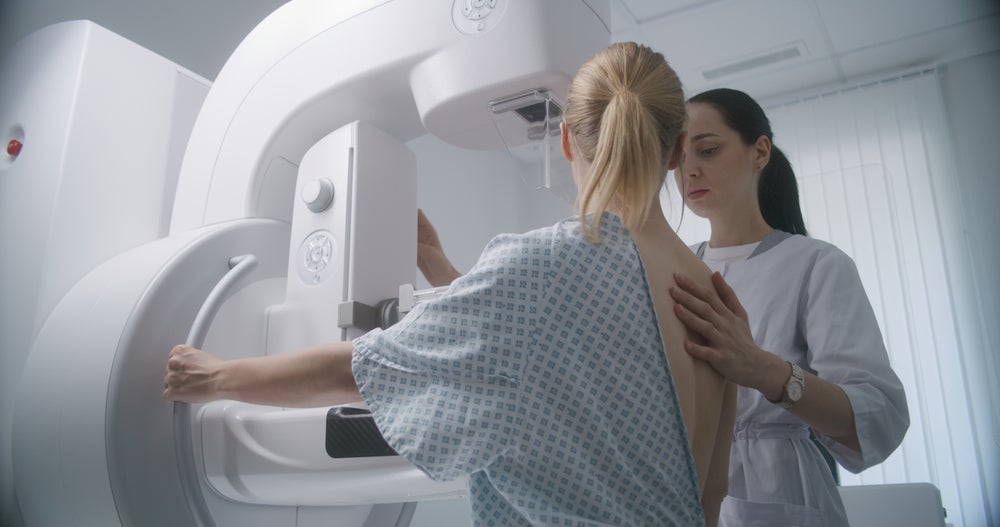October is International Breast Cancer Awareness Month, which promotes screening and prevention of the disease through education about breast cancer risk factors and encouraging women to get regular screenings. According to the World Health Organization’s Global Cancer Observatory (GLOBOCAN), there were 2.3 million cases of breast cancer in 2022 worldwide, the second most common cancer. Many countries, including the US and Japan, start screening as early as 40 years old, whereas other countries, including Canada and Germany, start at 50. Currently, the gold standard for breast cancer screening is mammograms, with many in vitro diagnostic (IVD) tests for breast cancer as secondary, as they typically are looking for specific biomarkers such as BReast CAncer gene 1 (BRCA-1/2), Programmed Cell Death Ligand 1, and human epidermal growth factor receptor 2, which make a difference to treatment type. Other IVD tests such as the Syantra Dx, a blood test for breast cancer screening, can be used for women with dense breast tissue who have a lower mammogram sensitivity, and thus cancer could be missed in early stages. This screening test analyses the patient’s blood sample for unique biomarkers that indicate breast cancer. Screening tests could potentially be used in tandem with mammograms or even as an early screening method for women underaged for breast cancer screening programmes. Since a blood draw is easier and quicker than a mammogram, having a screening IVD test may attract more participation. Additionally, these tests can be employed for women too young to get a mammogram. According to GLOBOCAN, almost 30% of breast cancer cases globally were in women under 50; therefore, there is a huge population that would benefit from earlier screening.
Early detection and prevention is just one facet of the breast cancer battle; once an individual is diagnosed, their treatment plan relies on genetic testing, which is an area of precision medicine. Companion diagnostics (CDx) tailor therapies based on the patient’s specific tumour characteristics, which guide physicians in selecting effective treatments. For example, the Myriad Genetics BRACAnalysis CDx test not only detects BRCA-1/2 mutations but also recommends an efficient poly-ADP ribose polymerase inhibitor for the treatment. Thus, breast cancer patients can receive effective treatment sooner, and likely have a better prognosis.
The future of breast cancer testing is constantly changing. It is difficult to say if any new or existing IVD tests will fully disrupt the current gold standard, mammograms, but they could be used to test populations that require a higher sensitivity or are ineligible under current mammogram screening guidelines, and provide treatment insight for clinicians with CDx.






